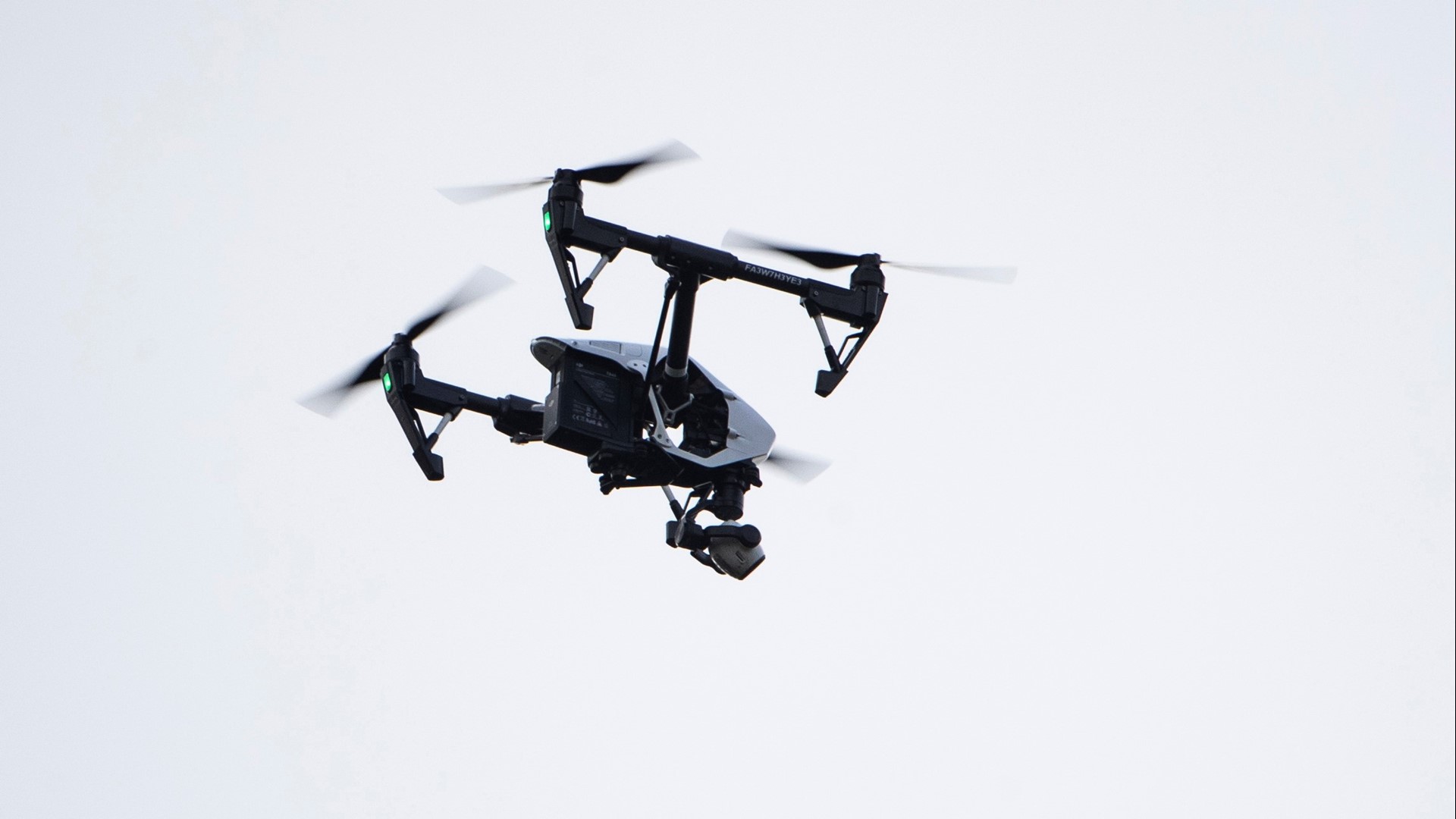DAVIS, Calif. — Vaccine distribution is on everyone’s minds these days, but a group of graduate students at UC Davis have already been working for months on studying those same distribution systems, trying to learn how to optimize transporting the vaccine.
Evan Foley and Jonathan Boyd, mechanical and aerospace engineering graduate students, and Monica Torralba, who studies modeling and simulation of life support systems in space, all worked together to study optimization-based control techniques for vaccine distribution.
“Essentially it compares different modes of transport for distributing vaccines,” explained Foley.
The trio studied route planning to try to minimize delivery time with three different types of vehicles.
“UAVs unmanned areas vehicles like drones, UGV’s unmanned ground vehicles like self-driving car, and traditional van-based delivery,” said Foley.
They modeled how long it would take each vehicle to transport vaccine from a local airport to local hospitals
“Looking at these vehicles and these new sorts of methods, are ways that we could really kind of shave off optimize and basically increase the effectiveness of being able to get the vaccine out,” said Boyd.
He highlighted the present moment.
“As we’re seeing now, the vaccine distribution has not been hiccup-free. And it’s a huge logistical overcoming. So any way you can apply even these small savings, I really think is kind of the approach to proving our system moving forward,” said Boyd.
So what did the group of graduate students discover?
“Our main finding is that UAV’s are significantly faster than either of the other two methods, although you require an entire fleet of them to achieve that delivery time.”
In other words, Foley explained drones are the fastest but you need a lot of them. So, how many vehicles would it take to deliver 200 pounds of the vaccine?
“It would need one cargo van, three unmanned ground vehicles or 42 drones,” said Torralba.
She said this is why in an area like Sacramento, vans still make sense. However, in more congested urban areas, unmanned cars and drones have real speed.
Still, some think drones are impractical right now.
“We actually looked at the drones that were built and used by Zipline. Which is a company that is based here in the US but delivers and uses their drones out in Rwanda,” said Torralba.



















